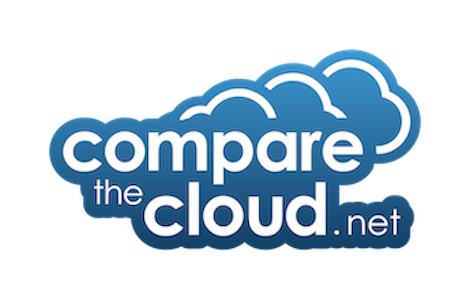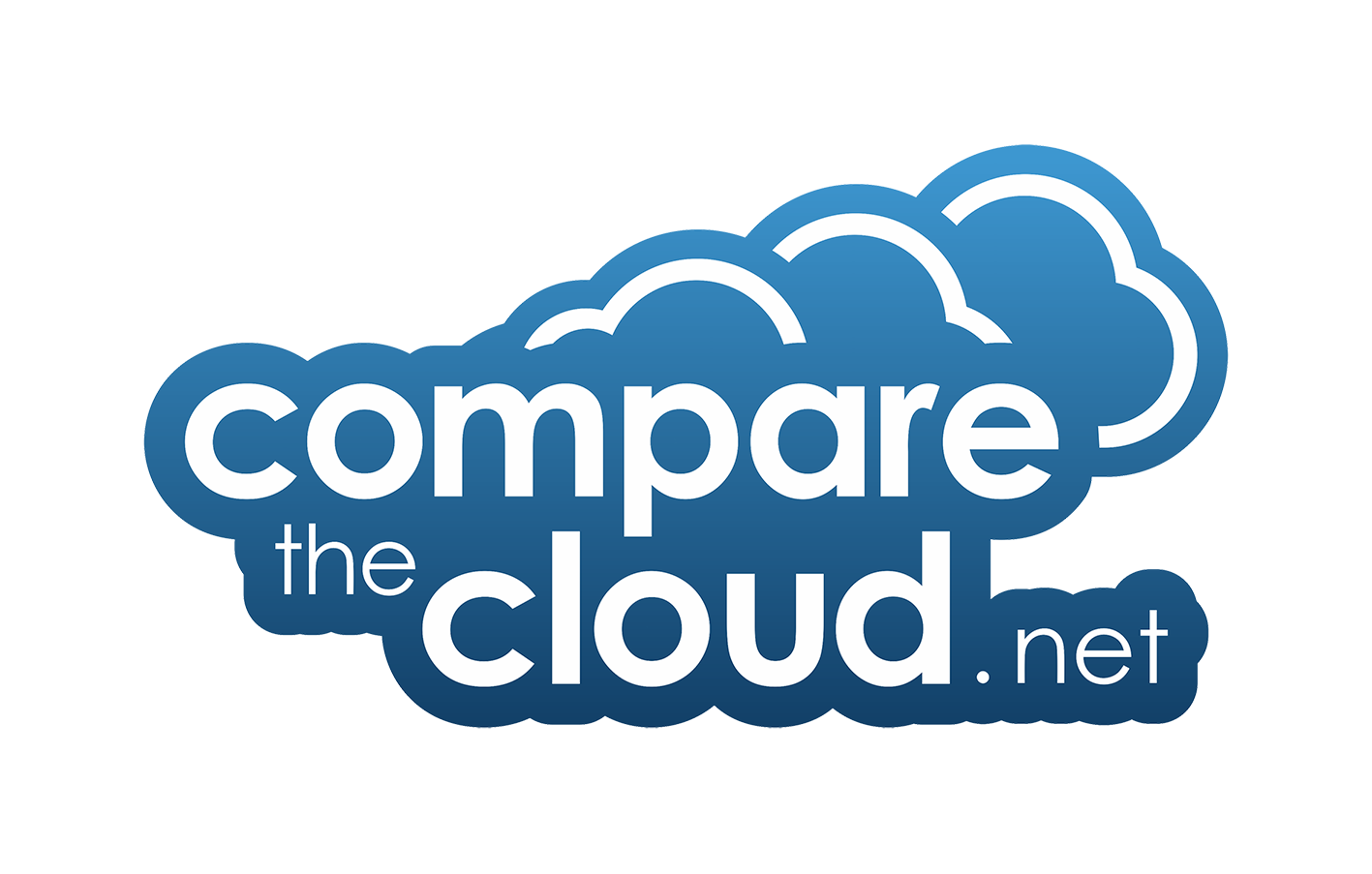In today’s interconnected business landscape, organisations across all sectors face the critical challenge of secure document exchange. Whether it’s legal firms handling sensitive client data, financial institutions managing confidential banking information, or broadcasting companies managing pre-release confidential content, the need for a robust, user-friendly, and legally compliant solution is paramount. While traditional methods like email and FTP have long been staples, they are increasingly inadequate in the face of evolving security threats and stringent data protection regulations, particularly as we move further into the 2020s.
Let’s consider the challenges faced by German law firms, as highlighted by Björn Matthiessen, CEO of Secure MSP. These firms operate under strict privacy regulations, mandating data storage on German servers and rigorous encryption of all sensitive traffic. This situation isn’t unique to Germany; similar data sovereignty concerns are becoming increasingly prevalent worldwide, including in the UK. Post-Brexit, UK organisations are increasingly aware of the need to ensure their data remains under the jurisdiction of UK laws, or at least within a jurisdiction offering equivalent levels of protection.
The need to exchange large volumes of files, contracts, and reports with clients and partners is a constant requirement for nearly all businesses. However, relying on outdated workarounds introduces significant risks and inefficiencies that can hamper productivity and expose organisations to potentially crippling data breaches. So, what are the most common pitfalls of older systems still in use today?
The Downfalls of Traditional Workaround
While ubiquitous and seemingly convenient, email suffers from inherent security vulnerabilities that make it unsuitable for exchanging sensitive documents. File size limitations often necessitate splitting large documents into multiple ZIP files, creating a cumbersome and frustrating user experience. Unencrypted emails are simply unacceptable for transmitting sensitive data, and even with encryption, key management can be a logistical nightmare, particularly when dealing with external parties. Phishing attacks targeting email remain a constant threat.
FTP (File Transfer Protocol)
Larger organisations sometimes resort to FTP servers for handling large file transfers. However, these systems are often complex to manage, require specialised technical expertise, and typically lack the advanced security features required to meet modern compliance standards like GDPR and the UK’s Data Protection Act 2018. Furthermore, the user experience is typically far from intuitive, leading to frustration, reduced productivity, and an increased risk of human error. Many FTP solutions lack adequate audit trails.
Shared Network Drives
Whilst seemingly convenient for internal file sharing, these systems are often implemented without adequate security controls, proper versioning, or robust access management, creating significant vulnerabilities and hindering effective collaboration with external parties.
Embracing the Cloud
Cloud solutions offer a compelling and increasingly essential alternative to these outdated methods. The cloud provides virtually unlimited storage capacity, easy accessibility from anywhere with an internet connection, and enhanced collaboration capabilities that can significantly improve productivity. However, simply migrating to a generic cloud storage service is not enough. To truly ensure security, legal compliance, and optimal usability, a comprehensive solution must address the following critical requirements:
End-to-End Encryption
All data leaving the company network must be encrypted, both in transit and at rest. This includes not only the files themselves but also the associated metadata (e.g., file names, timestamps, access logs). Crucially, the encryption keys should be managed centrally within the organisation’s control, ensuring that only authorised personnel can access the data. The solution should support robust encryption algorithms and key management practices.
Data Sovereignty and Location Control
Customers must have the ability to determine the precise physical location of their data storage. This is especially important for organisations operating in heavily regulated industries or those subject to strict data residency requirements. The ability to choose a data centre within a specific geographic region (e.g., the UK) ensures compliance with local laws and regulations and provides greater control over data access and security.
User-Friendliness and Seamless Integration
The solution must be exceptionally easy to use for both end-users and administrators. A clunky, complicated, or unintuitive system will inevitably lead to user resistance, the adoption of insecure workarounds, and a gradual undermining of the entire security posture. Seamless integration with existing workflows, document management systems, and applications is crucial for a smooth transition and optimal user adoption.
Granular Access Controls
The system should provide granular control over who can access which files and folders, with the ability to define specific permissions based on roles, departments, or individual users. Multi-factor authentication (MFA) should be mandatory.
Lessons from the German Market
The experience of German companies, as highlighted by Secure MSP, provides valuable lessons for the UK market. German organisations have long been subject to stringent data protection regulations (driven by GDPR and German Federal Data Protection Act), forcing them to adopt robust security measures for document exchange. By carefully examining the solutions, technologies, and strategies successfully employed in Germany, UK organisations can proactively address emerging challenges, anticipate future regulatory changes, and avoid costly mistakes.
One key takeaway is the paramount importance of choosing a cloud provider that fully understands, respects, and demonstrably complies with data sovereignty requirements and the intricacies of international data transfer regulations. As data protection laws continue to evolve and become increasingly complex, it’s essential to partner with a provider that can offer flexible deployment options, including the ability to securely store and manage data within the UK or other specified regions, as needed.
Key Considerations for Future-Proofing
Zero-Trust Architecture
Implement a zero-trust security model throughout the organisation, where no user or device is automatically trusted, regardless of their location or network affiliation. This approach requires strict identity verification, continuous monitoring of all activity, and the enforcement of least-privilege access controls at all times.
Data Loss Prevention (DLP)
Integrate robust Data Loss Prevention (DLP) solutions to proactively prevent sensitive data from leaving the organisation’s control, whether intentionally or accidentally. DLP systems can automatically detect, classify, and block unauthorised data transfers, ensuring strict compliance with established data protection policies and security protocols.
Collaboration and Workflow Automation
Seek out solutions that streamline collaboration on documents and automate document workflows, whilst maintaining the highest levels of security. This can significantly improve efficiency, reduce errors associated with manual processes, and enhance overall productivity.
AI-Powered Security
Increasingly, leverage the power of artificial intelligence (AI) and machine learning (ML) to enhance security monitoring capabilities and significantly improve threat detection effectiveness. AI-powered systems can intelligently identify anomalous behaviour, learn from patterns, and proactively respond to potential security incidents in real time.
Regular Security Audits and Penetration Testing
Mandate and conduct regular, independent security audits and penetration testing to proactively identify vulnerabilities in your document exchange systems and ensure the ongoing effectiveness of your implemented security controls.
Don’t let outdated and insecure document exchange methods put your organisation at risk of data breaches, regulatory fines, and reputational damage. Embrace the cloud with a secure, compliant, and user-friendly solution that empowers your team to collaborate efficiently, securely, and with confidence.



